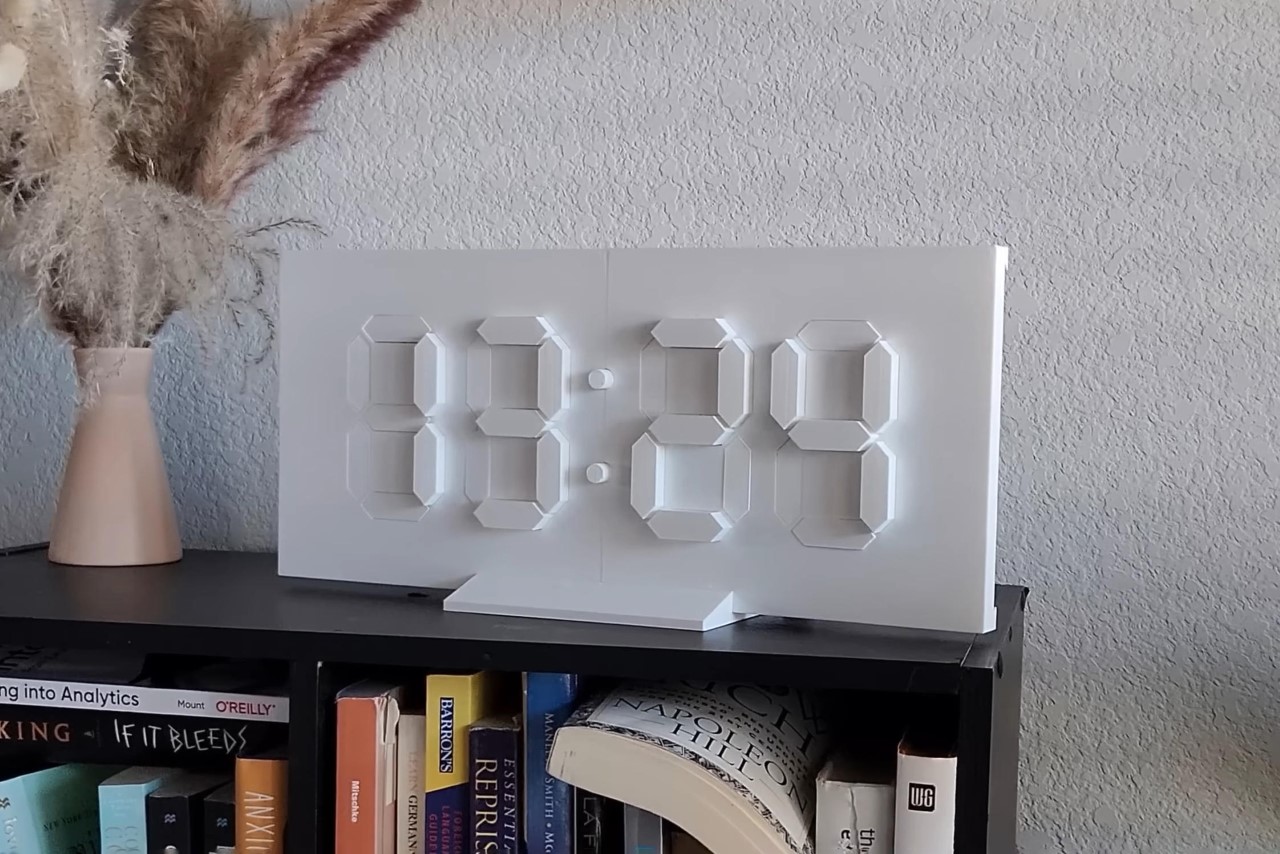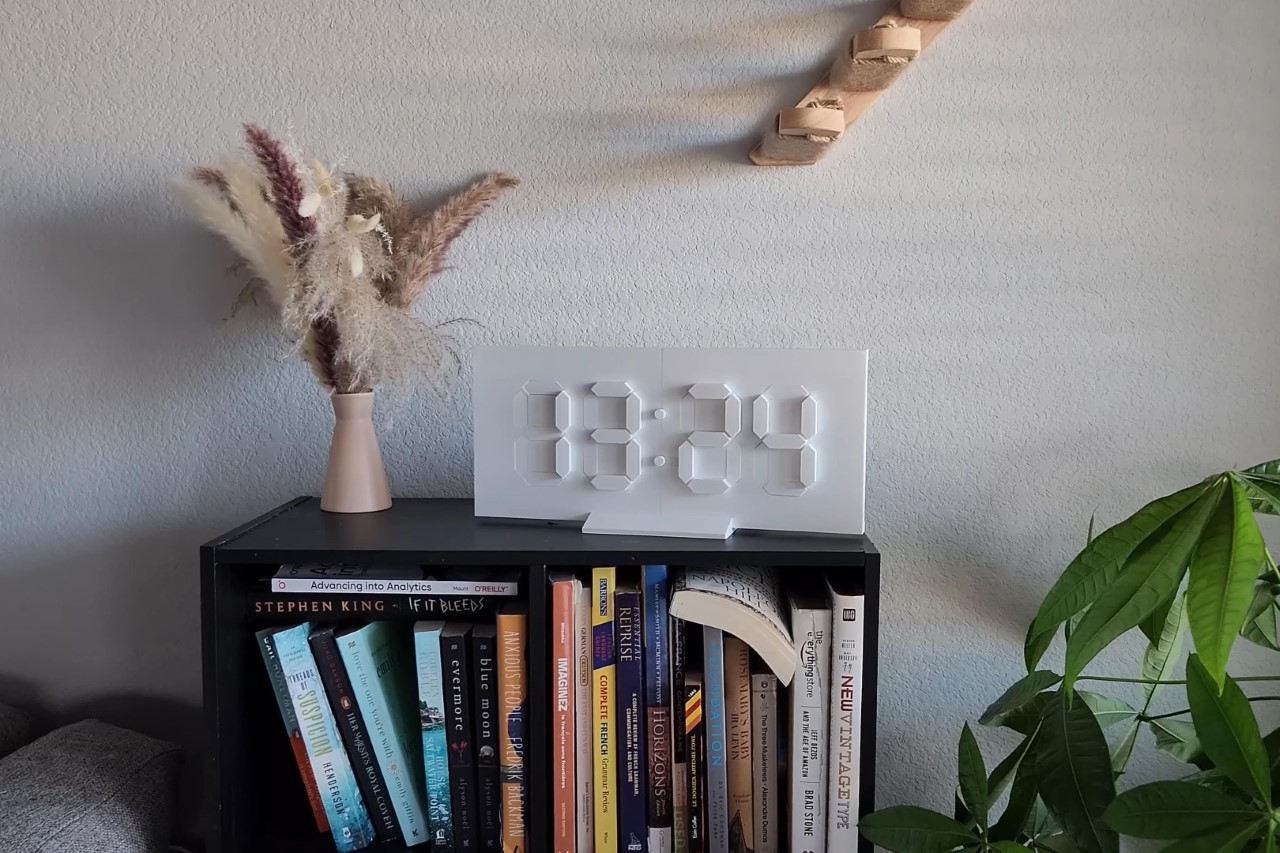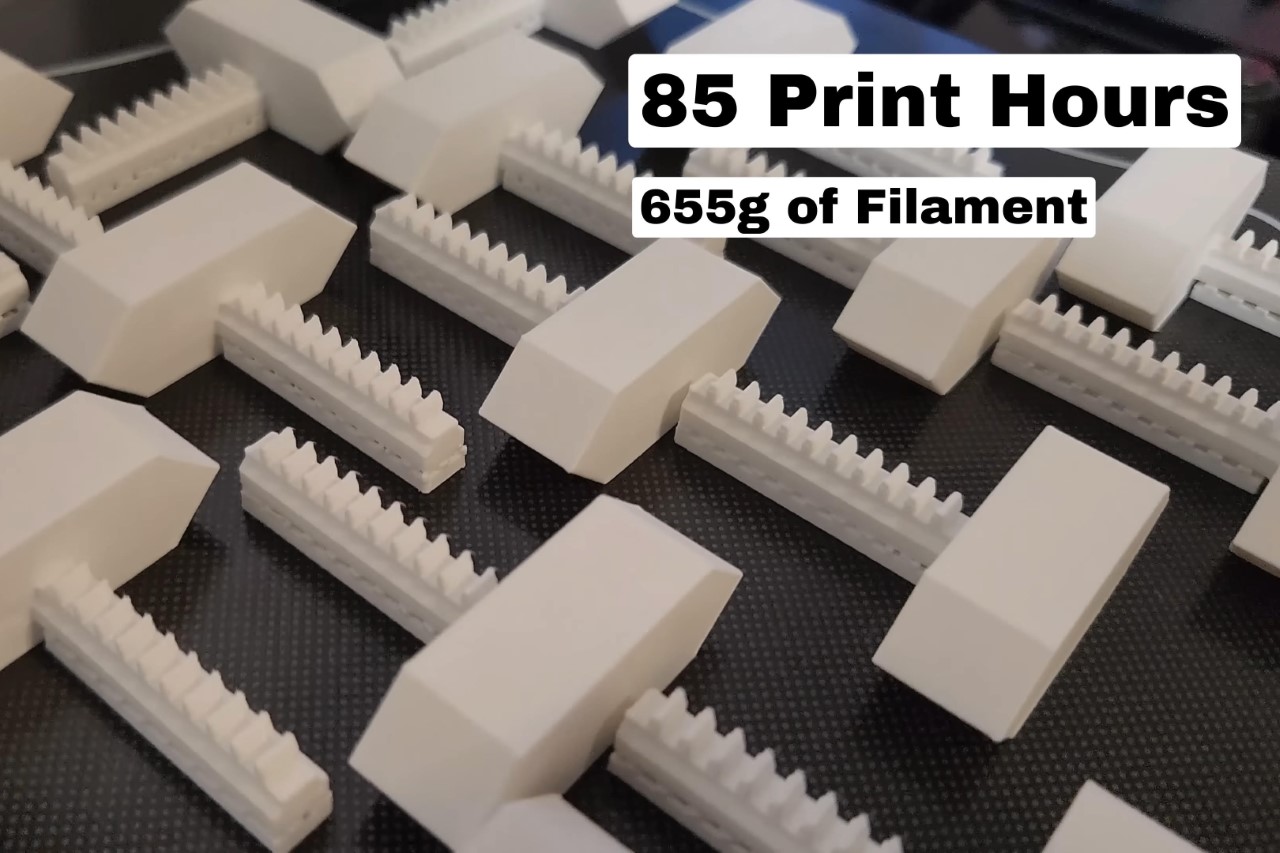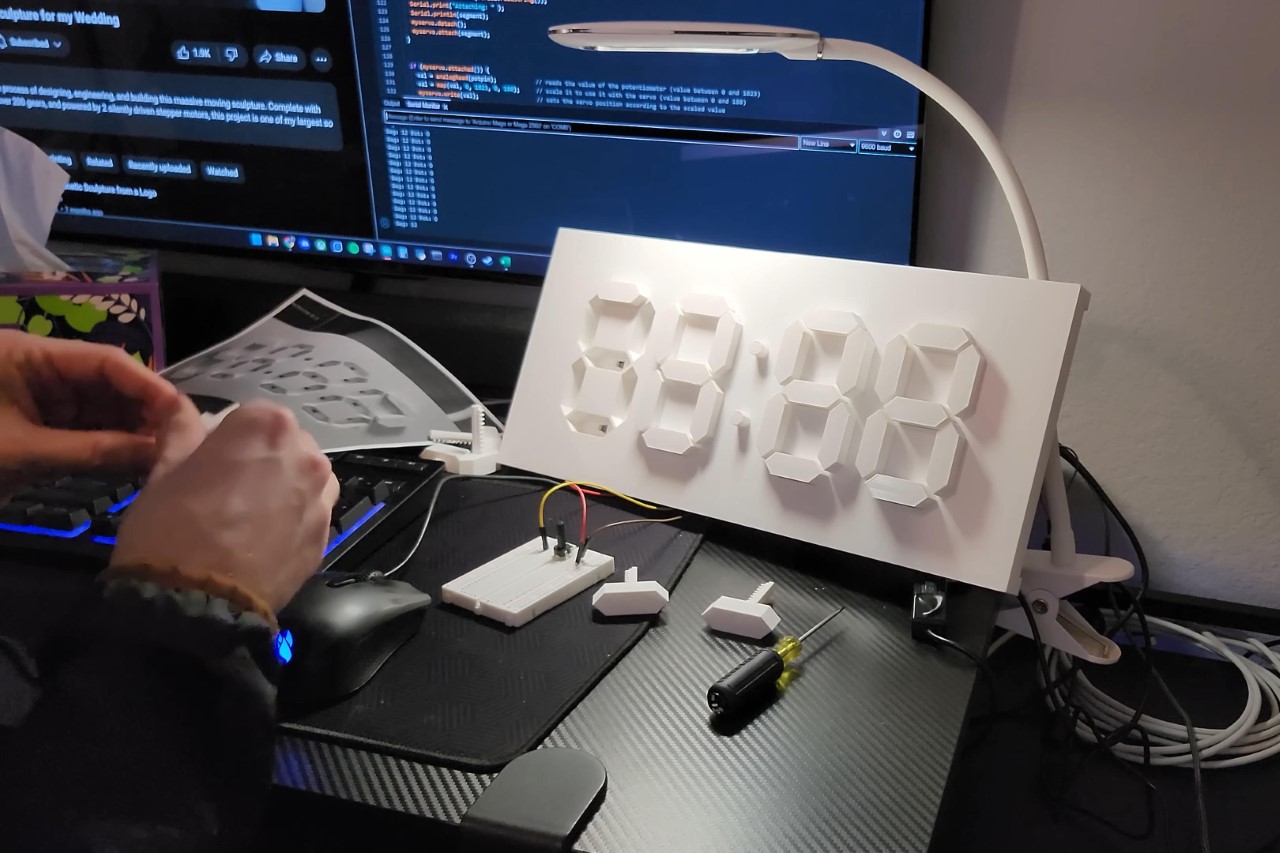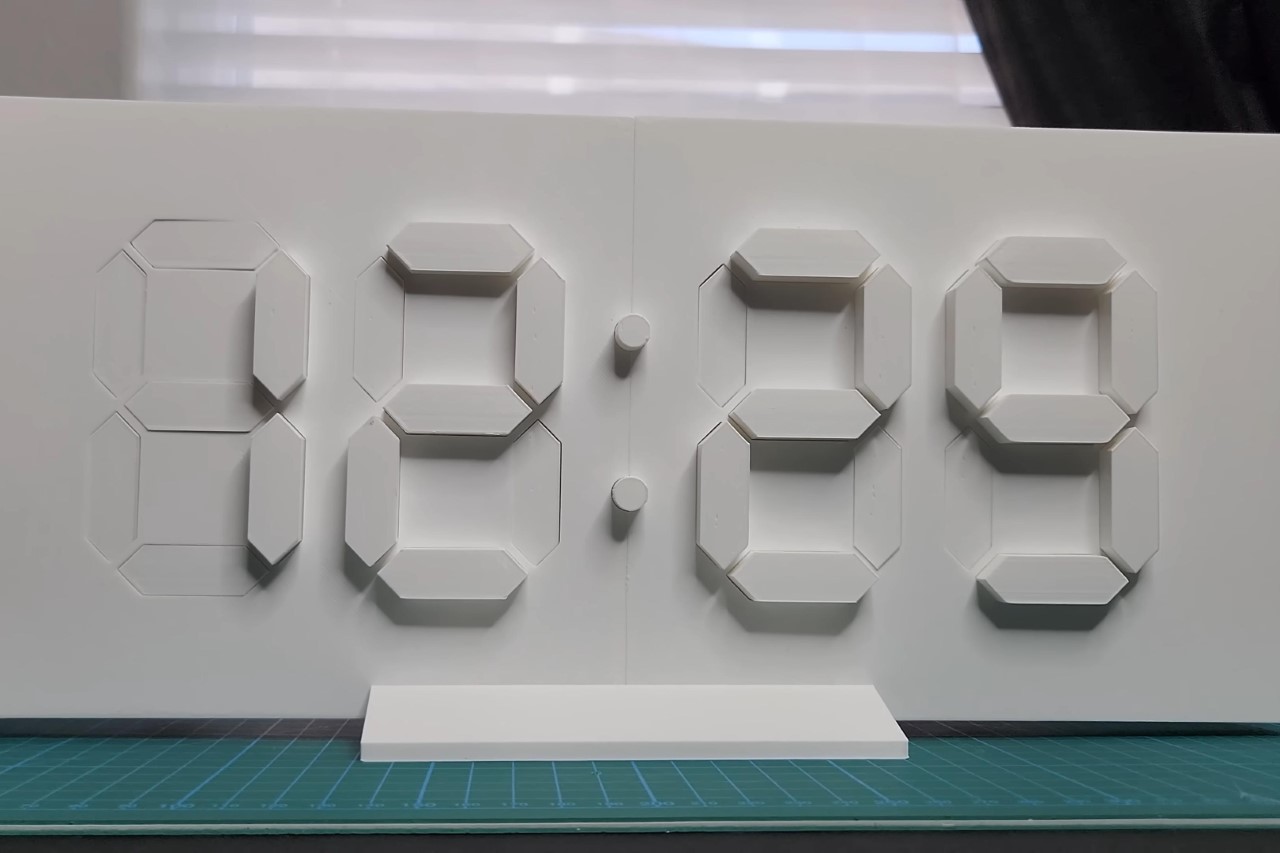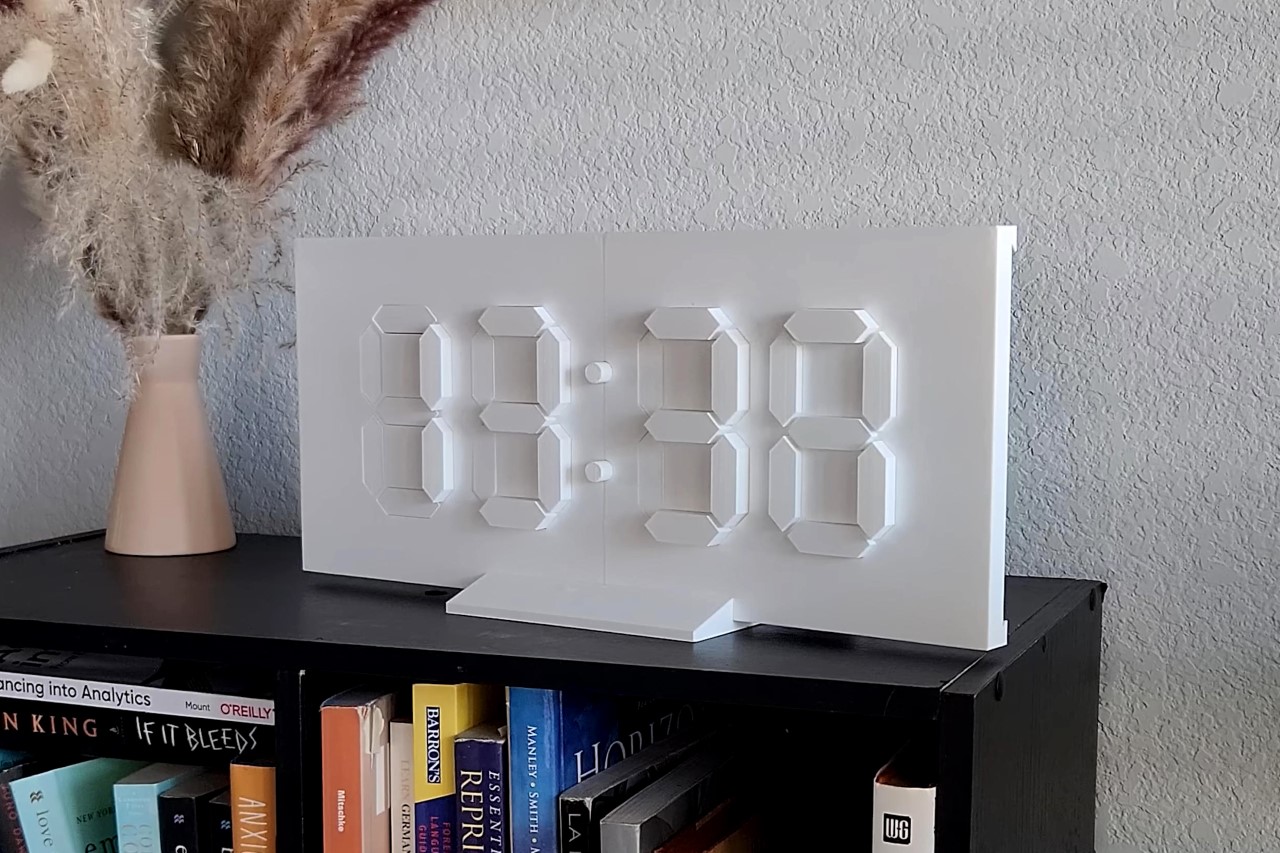We’ve thankfully become more aware of the quality of our waters, especially with the increase of pollution or drastic changes in the chemical composition of rivers, lakes, and seas. We now have sophisticated equipment and software to monitor such properties, but it might come as a surprise that Mother Nature has her own way of detecting abnormalities in water. Clams, known as nature’s filter feeders, immediately react to sudden changes in water quality, sometimes even faster than scientific equipment.
Taking inspiration from one of nature’s wonder workers, this art installation turns water quality from an incorporeal idea into a tangible representation. Rather than just clamming up, these kinetic sculptures create an eerie melody, as if giving voice to the pain and woes of the water. It creates a surreal yet beautiful manifestation of water quality in a way that you can see and hear beyond just figures and graphs.
Designer: Marco Barotti

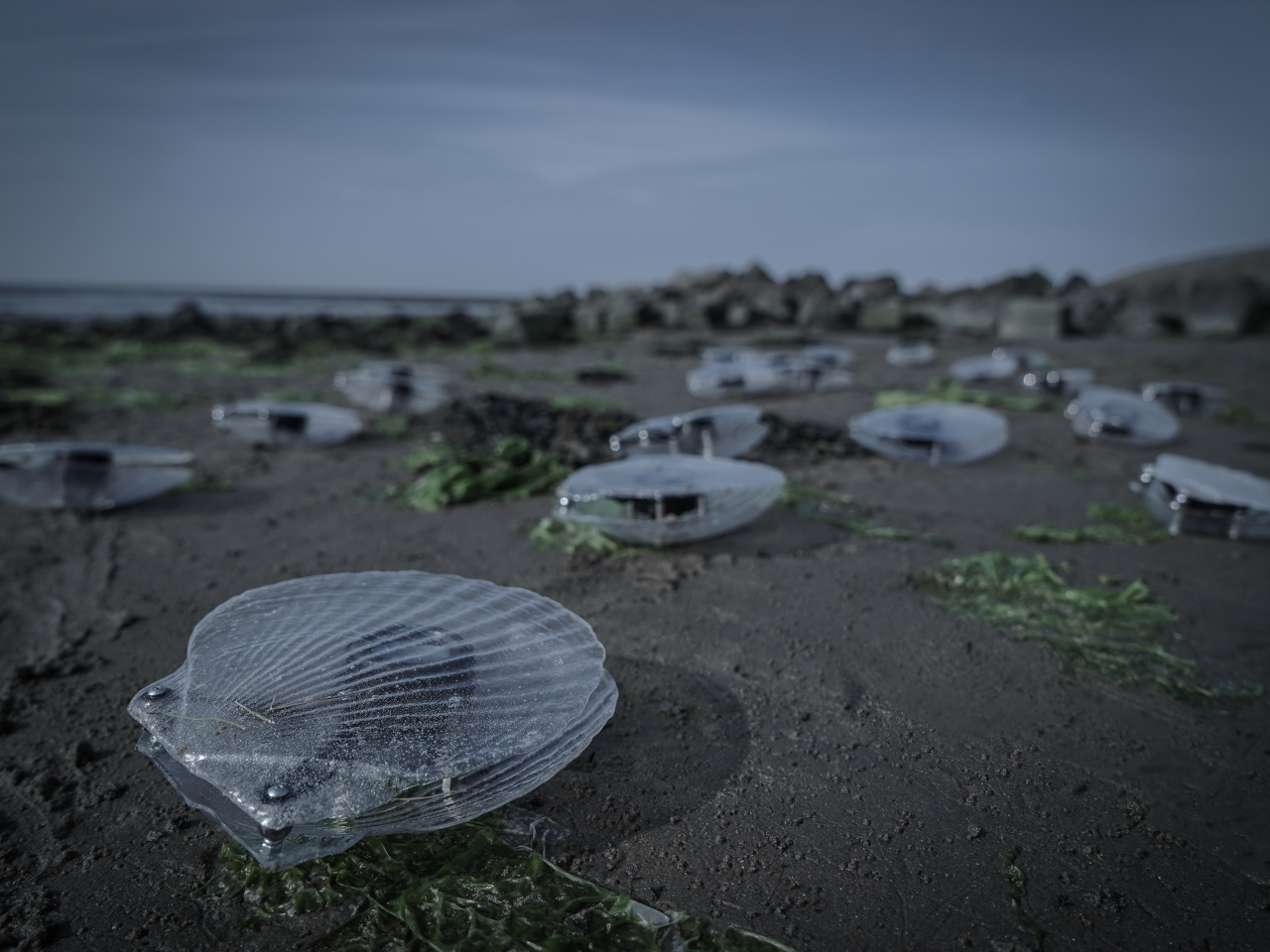
Clams aren’t able to filter out toxins (which they turn into pearls), so they would immediately shut close when they detect pollution in the water. Their reaction is sometimes faster than sensors and computers that still have to analyze the data from water samples, though, of course, they won’t be as accurate or specific. This interesting behavior, however, became the inspiration for this kinetic sculpture that, rather than just detecting water quality, translates the data into something just as interesting.


“Clams” is a collection of, well, translucent clam-like objects that have speakers inside. The clams are connected to a sensor that tests the quality of the water in the only way that humans can. Changes in the water quality are translated into sounds that shift over time, creating the semblance of eerie music. The vibrations from the speaker also cause the clamshell to go up and down, making it look like the clams are singing.
The shells themselves are made from recycled waste plastic, adding to the sustainability message of the sculptures. Although the shape of these man-made clams is quite simple, the otherworldly soundscape it produces is quite unique and memorable. It also creates an interesting bridge between media art, data sonification, and environmental awareness, translating intangible concepts and figures into something humans can better appreciate and understand.

The post Clam-shaped kinetic sound sculptures sing of the quality of water first appeared on Yanko Design.
